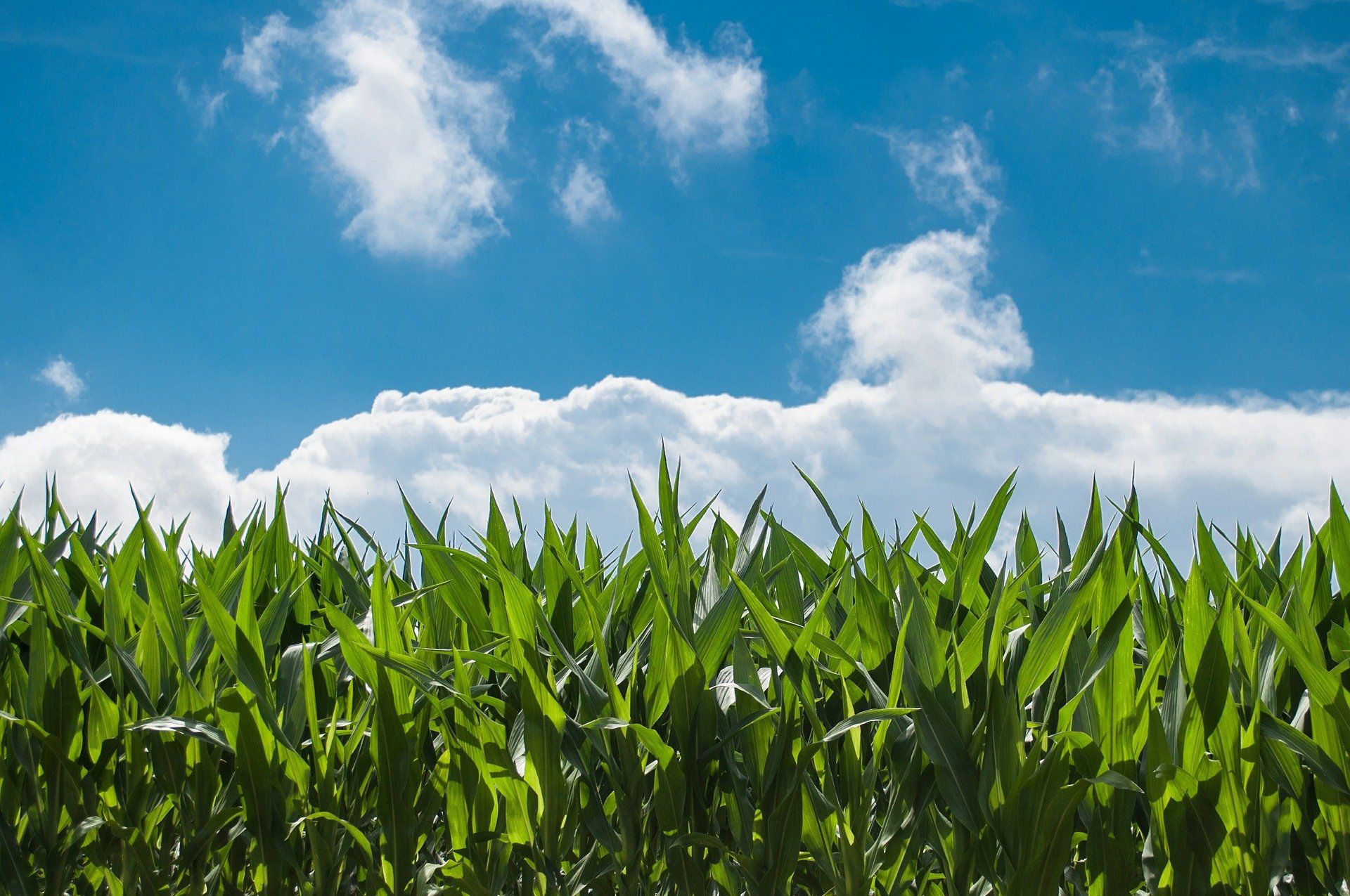Ginger Cultivation
16Apr

Ginger is a popular spice that is widely used in culinary dishes, herbal medicines, and other applications. It is a tropical plant that thrives in warm, humid climates and can be grown in many parts of the world. If you are interested in growing ginger, here are some basic steps to get started:
- Choose a planting location: Ginger requires a warm and humid environment to grow well. It grows best in well-drained soil that is rich in organic matter. Choose a location that receives plenty of sunlight, but is protected from strong winds.
- Prepare the soil: Before planting, prepare the soil by adding compost or well-rotted manure. Ginger prefers a slightly acidic soil with a pH between 5.5 and 6.5. The soil should be loose and friable to allow for good root development.
- Obtain ginger seed: Ginger is usually grown from rhizomes or seed pieces. Look for fresh, plump rhizomes at a local nursery or order them online. It's important to choose healthy, disease-free seed to ensure a successful crop.
- Plant the ginger: Plant the ginger seed in the prepared soil, about 2-3 inches deep with the buds facing upward. Space the seed pieces about 6-8 inches apart and cover with soil. Water the soil thoroughly after planting.
- Care for the plants: Ginger plants require consistent moisture to grow well. Water the plants regularly, but avoid overwatering, which can lead to root rot. Mulch the soil around the plants to help retain moisture and suppress weeds. Fertilize the plants every few weeks with a balanced fertilizer.
- Harvest the ginger: Ginger is usually harvested after about 8-10 months when the leaves begin to turn yellow and die back. Carefully dig up the rhizomes and remove the soil. Allow the ginger to dry in a warm, dry place for a few days before storing or using.
With these basic steps, you can grow your own ginger and enjoy the delicious flavor and health benefits of this versatile spice.

- Provide adequate drainage: Ginger plants do not tolerate waterlogged soils, so it's important to ensure good drainage. If your soil does not drain well, consider planting the ginger in raised beds or containers.
- Control pests and diseases: Ginger plants are susceptible to a number of pests and diseases, including root-knot nematodes, scale insects, and fungal diseases. Keep an eye out for any signs of damage or disease and treat promptly with appropriate measures.
- Harvest at the right time: As mentioned earlier, ginger is usually ready for harvest after about 8-10 months of growth. However, it's important to wait until the leaves have yellowed and the stems have begun to dry out before harvesting. This will ensure that the rhizomes are mature and full of flavor.
- Store properly: Once harvested, ginger can be stored in a cool, dry place for several weeks. For longer storage, you can peel and freeze the ginger, or preserve it in vinegar or alcohol.
- Experiment with different varieties: There are many different varieties of ginger available, each with its own unique flavor and aroma. Experiment with different types to find your favorites and discover new culinary possibilities.
By following these tips, you can successfully grow and harvest your own ginger, and enjoy the delicious flavor and health benefits of this versatile spice.

Comments